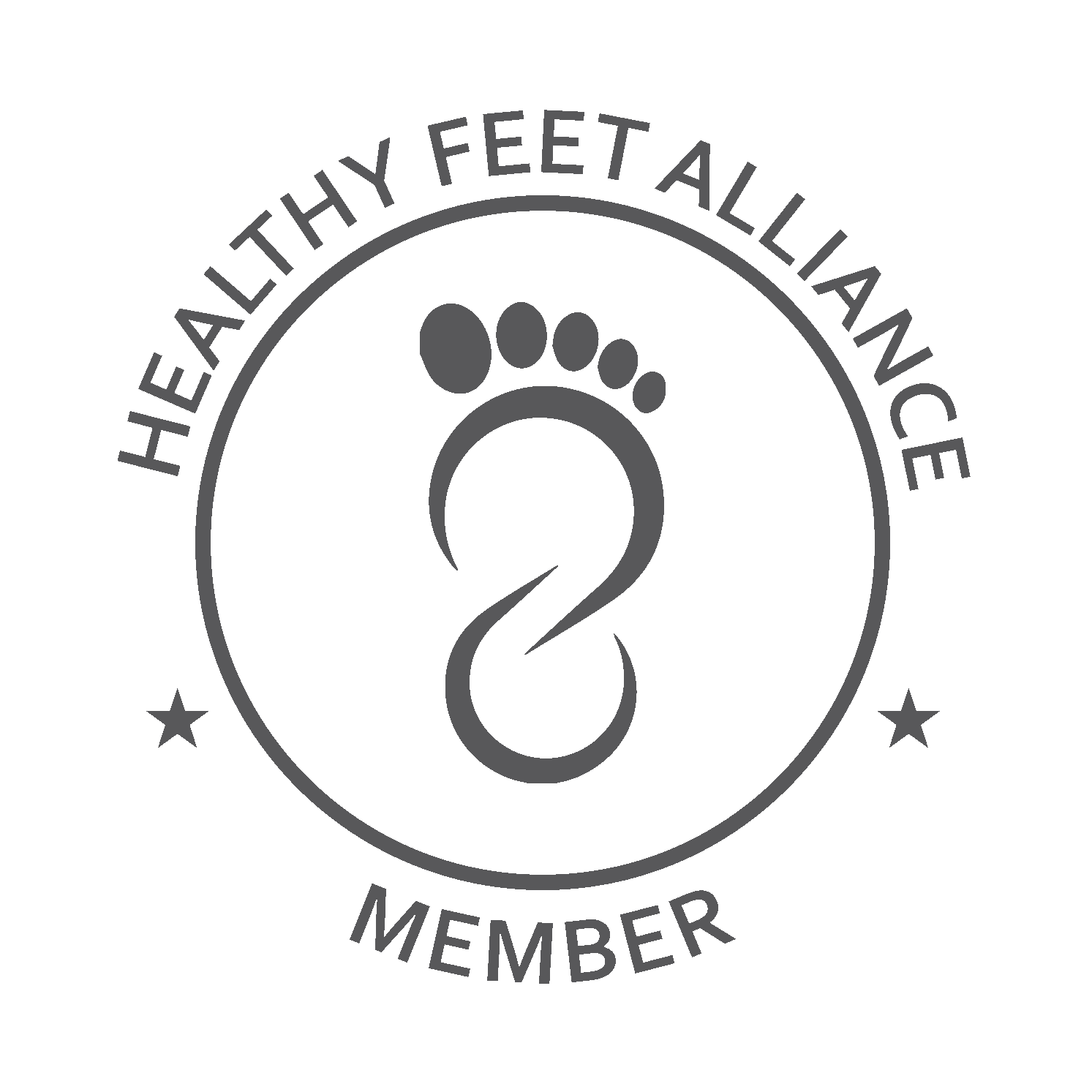Since the 1940s, therapeutic ultrasound has been used to treat various conditions and remains a common tool in rehabilitation and physical therapy. Ultrasound therapy is most effective on tissues with a lot of collagen, like tendons, ligaments, and joint capsules, which absorb the heat well. However, tissues with high water content, such as muscle, don’t respond as effectively to ultrasound. Despite the fact that it has been used as a staple for care in rehab for more than 60 years and studied in research for even longer, it’s still unclear how effective it really is. There is very little evidence that active therapeutic ultrasound is more effective than placebo ultrasound for treating people with pain or a range of musculoskeletal injuries or for promoting soft tissue healing.
Looking at things differently: the difference between xrays, ct, mri, & ultrasound
By Dr. Rich Trenholm (Sport and Exercise Medicine)
While it is extremely important to have an accurate diagnosis for a team of rehabilitation specialists like ours at Reactivate properly target our treatment plans for our patients, not all tests are equal, and the “bigger, shinier, newer, more computerized” tests don’t necessarily mean that it is a better test.
This article reviews how we come to diagnoses, using our minds, our hands, and the available technology that we have at our disposal.




